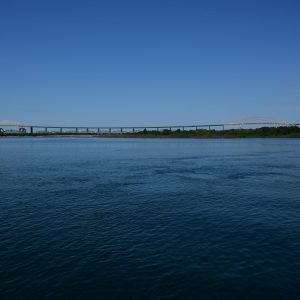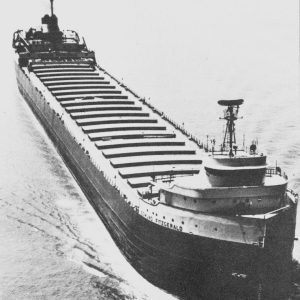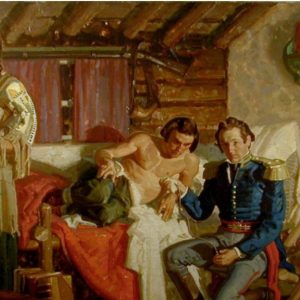On this day in history—June 25, 1958—Michigan celebrated one of its greatest engineering achievements with four days of dedication ceremonies for the newly completed Mackinac Bridge. At the heart of those festivities? A ceremonial walk led by Governor G. Mennen “Soapy” Williams, marking the very first time pedestrians crossed the mighty five-mile span. Mackinac Bridge Walk The event, now known as the Mackinac Bridge Walk, started with just 68 participants that June. Governor Williams, known for his trademark green bow tie and progressive politics, led the small group across the towering suspension bridge that links Michigan’s Upper and Lower Peninsulas…. Read More »













